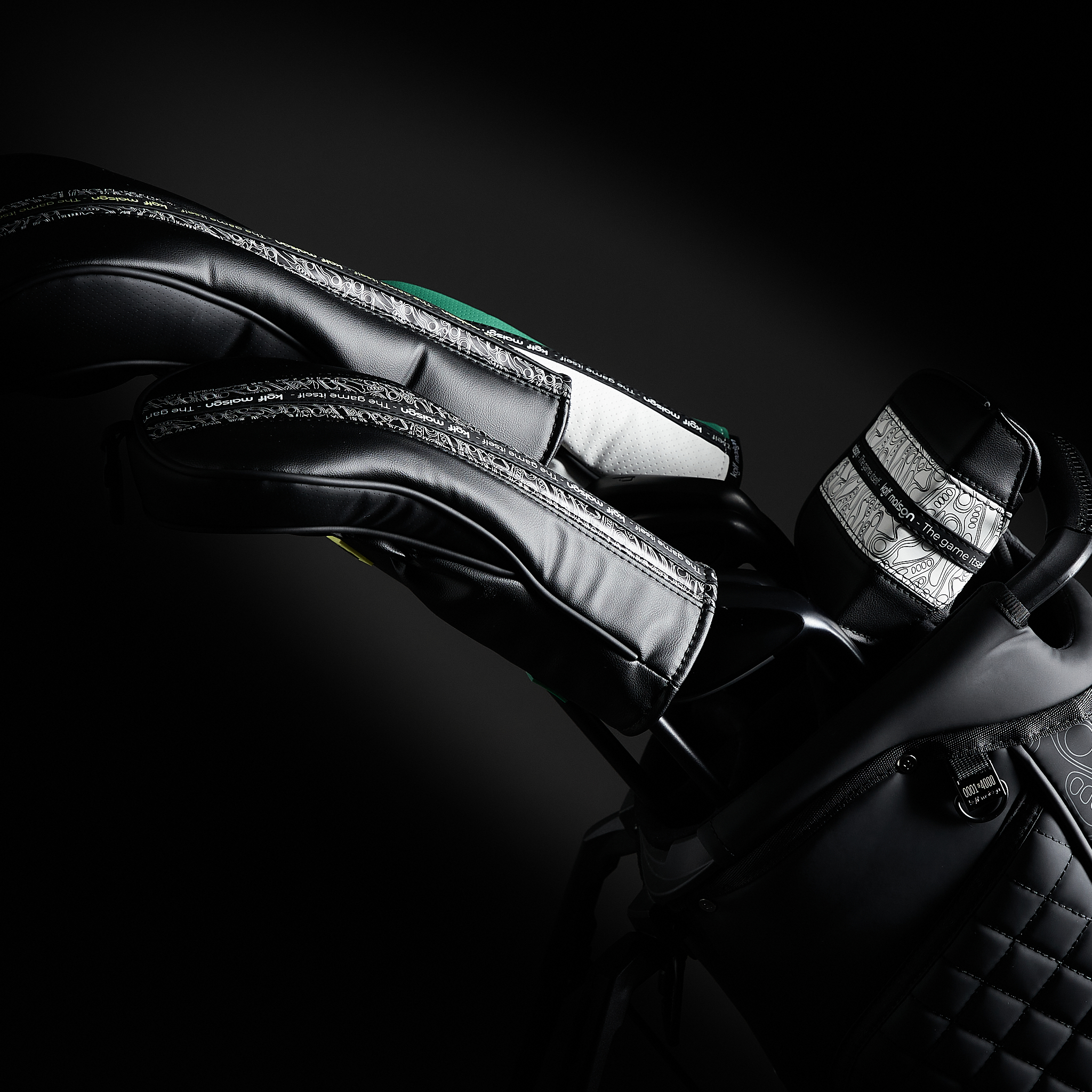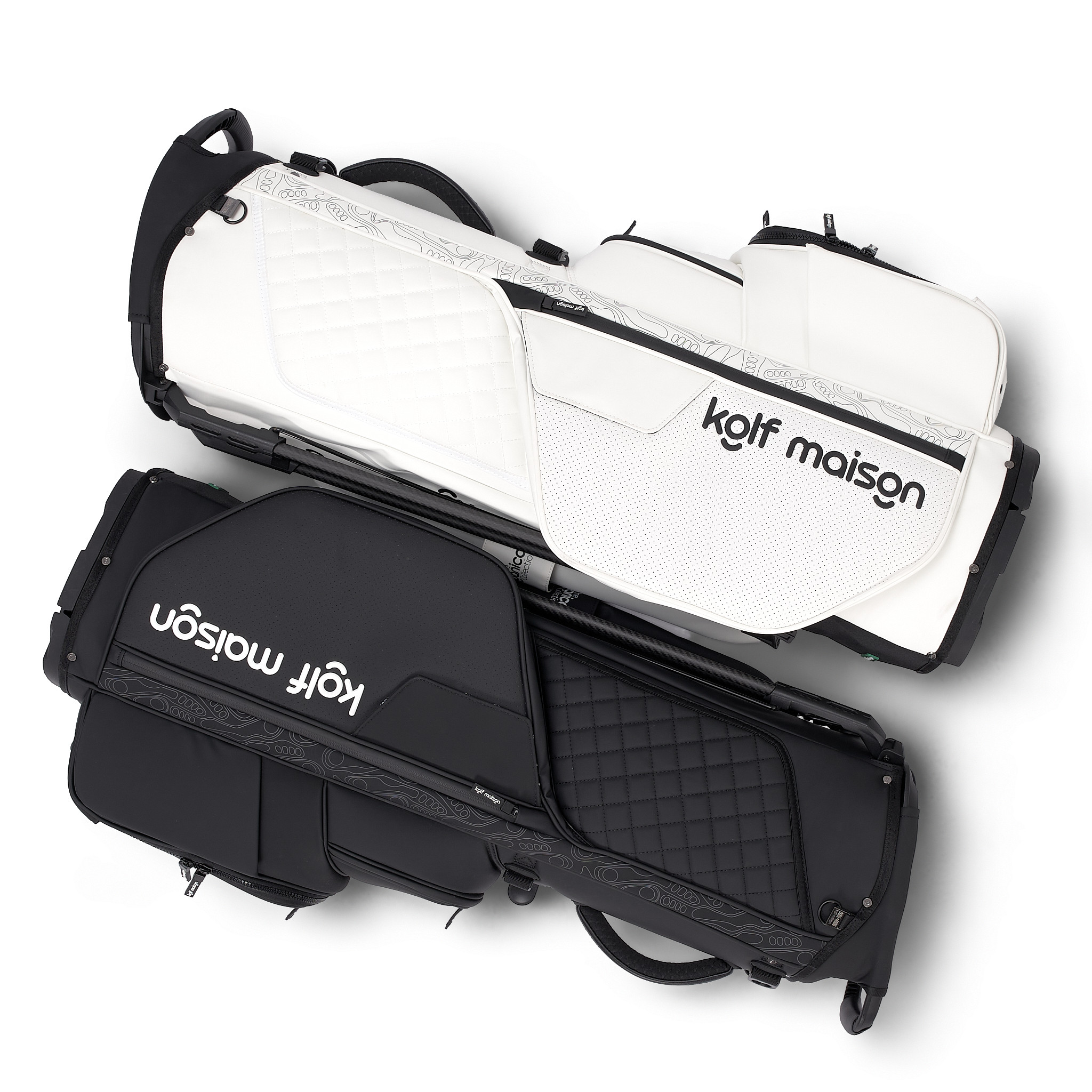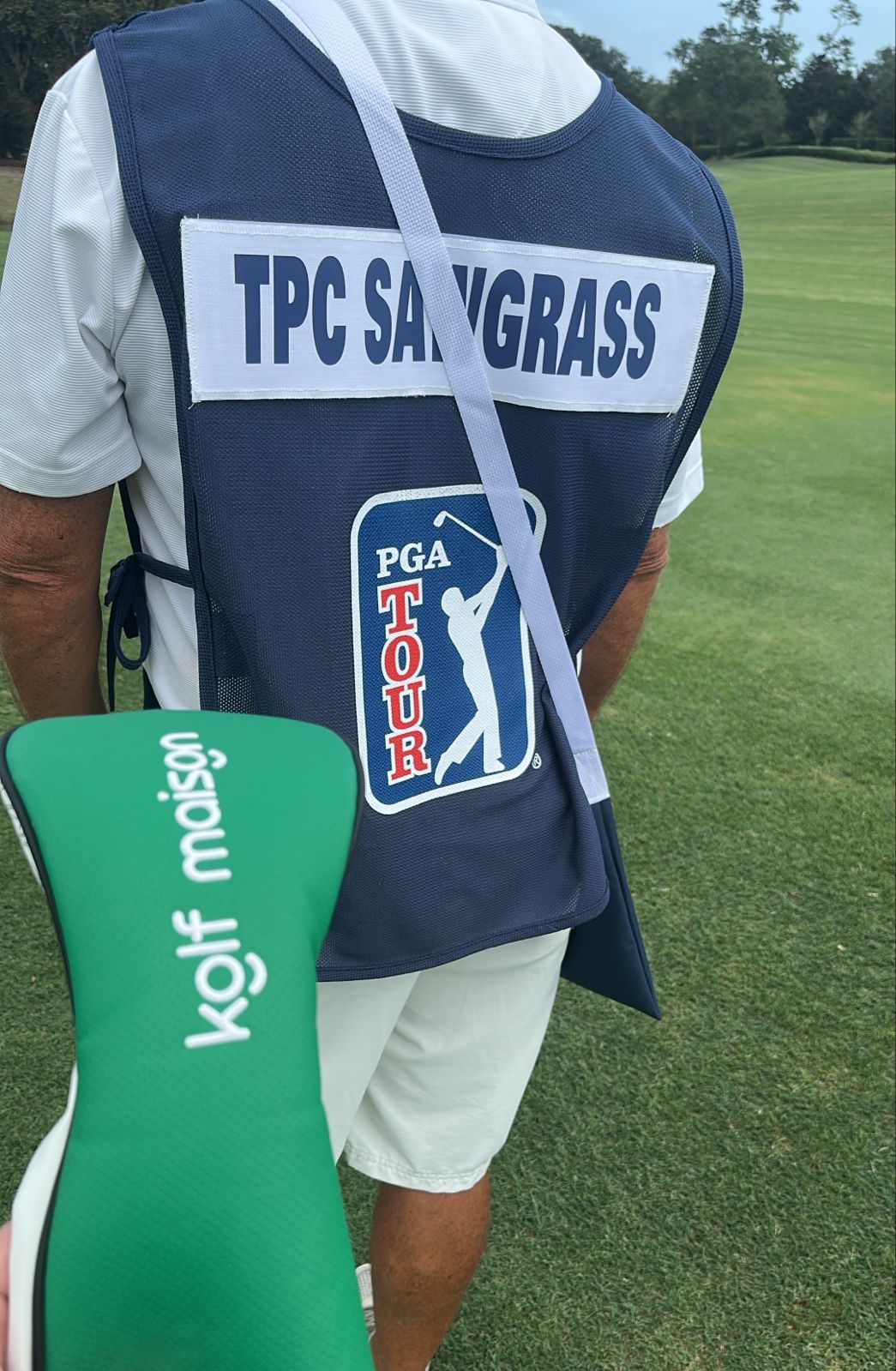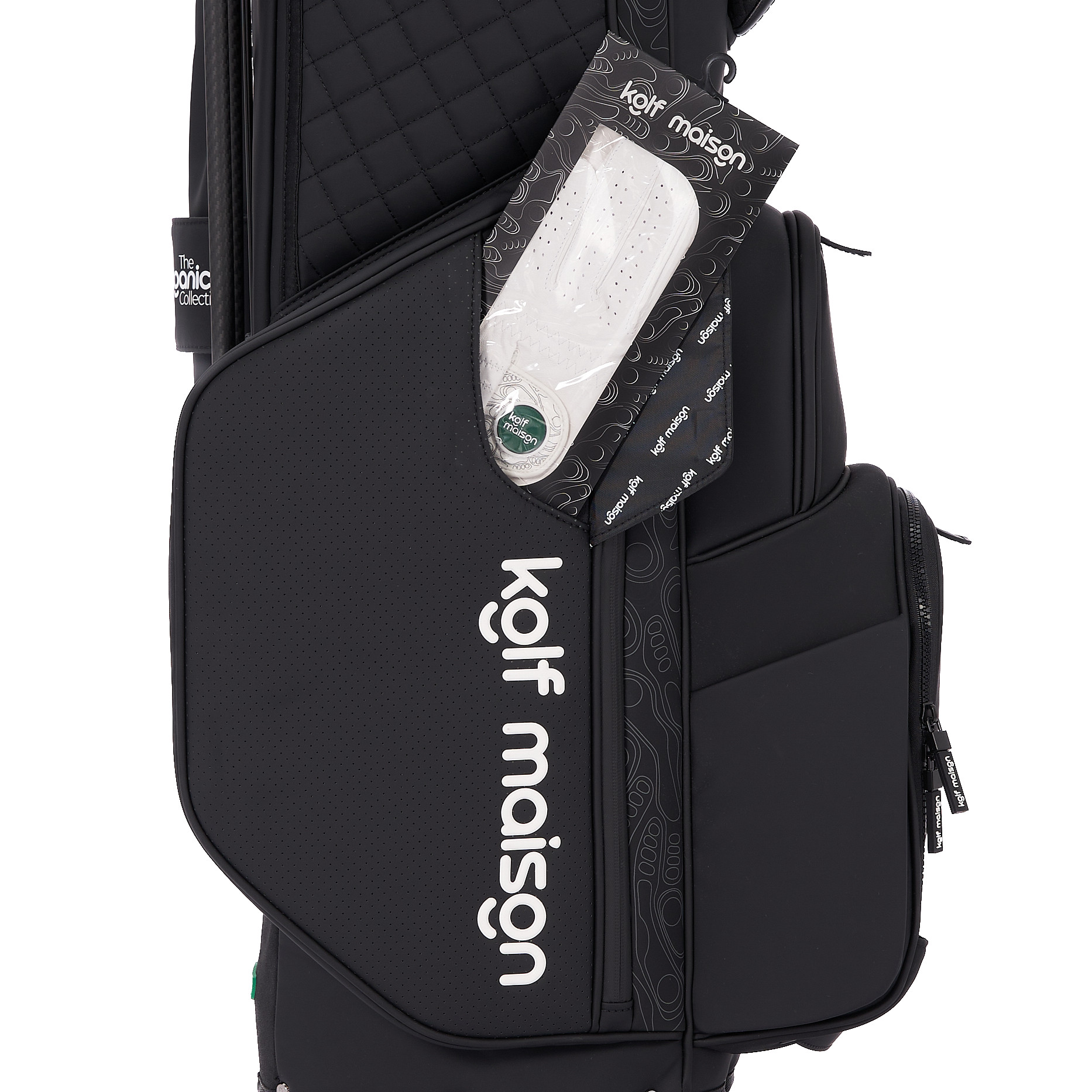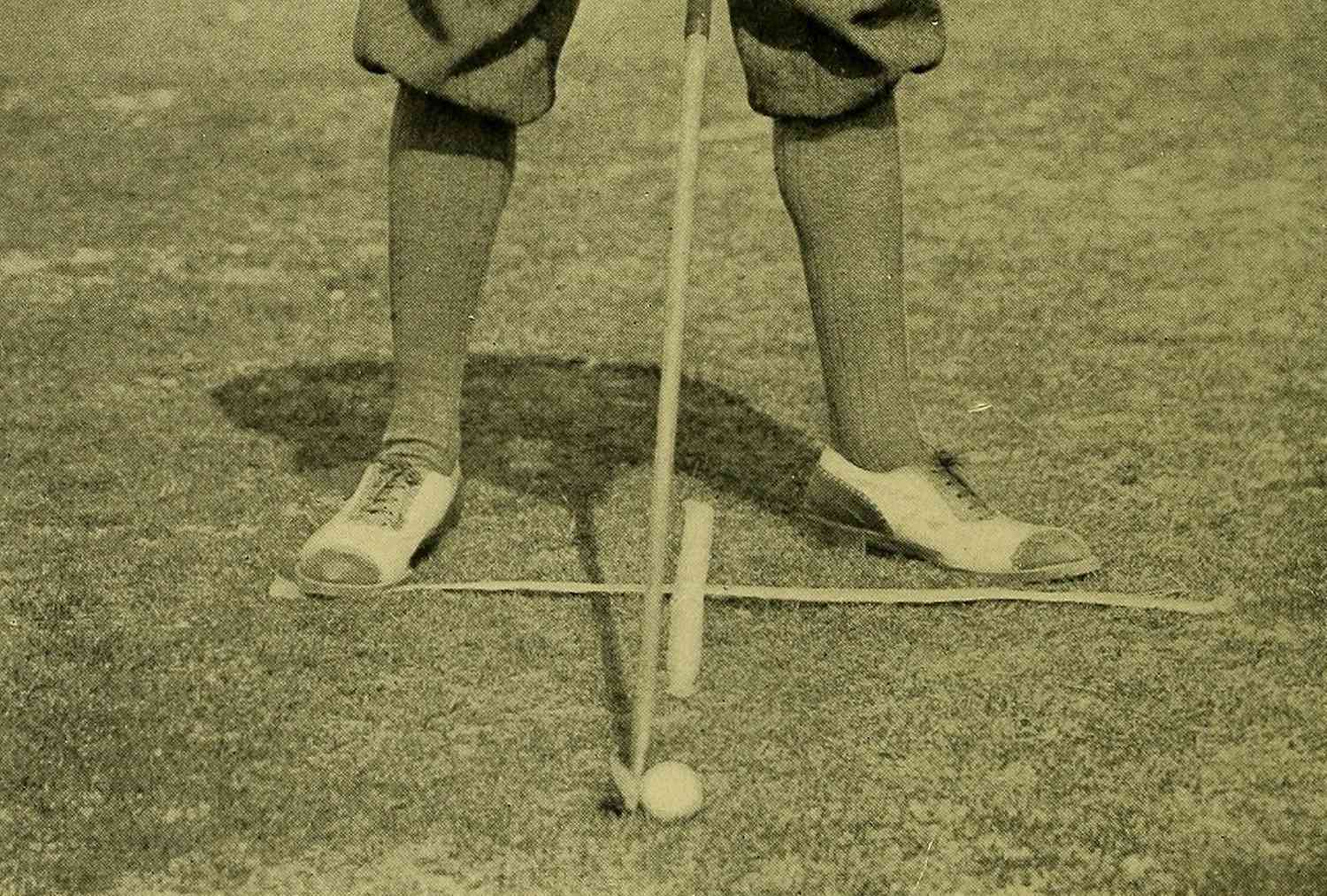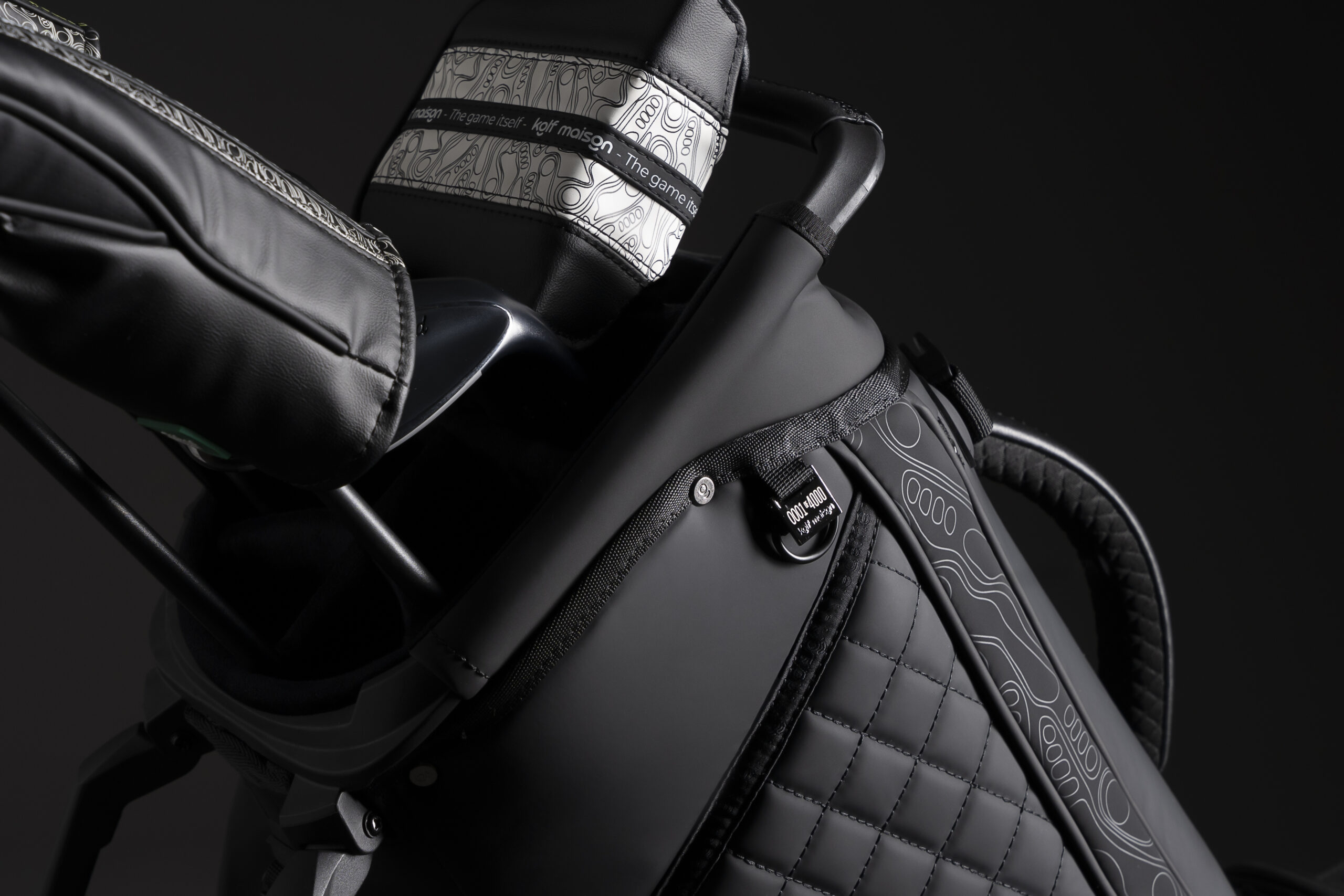Login
Lost your password?
Register
Already have a n account? Login
New client? Create an account
Continue As Guest
The Art of the Sand Save: Mastering the Bunker
SHARE
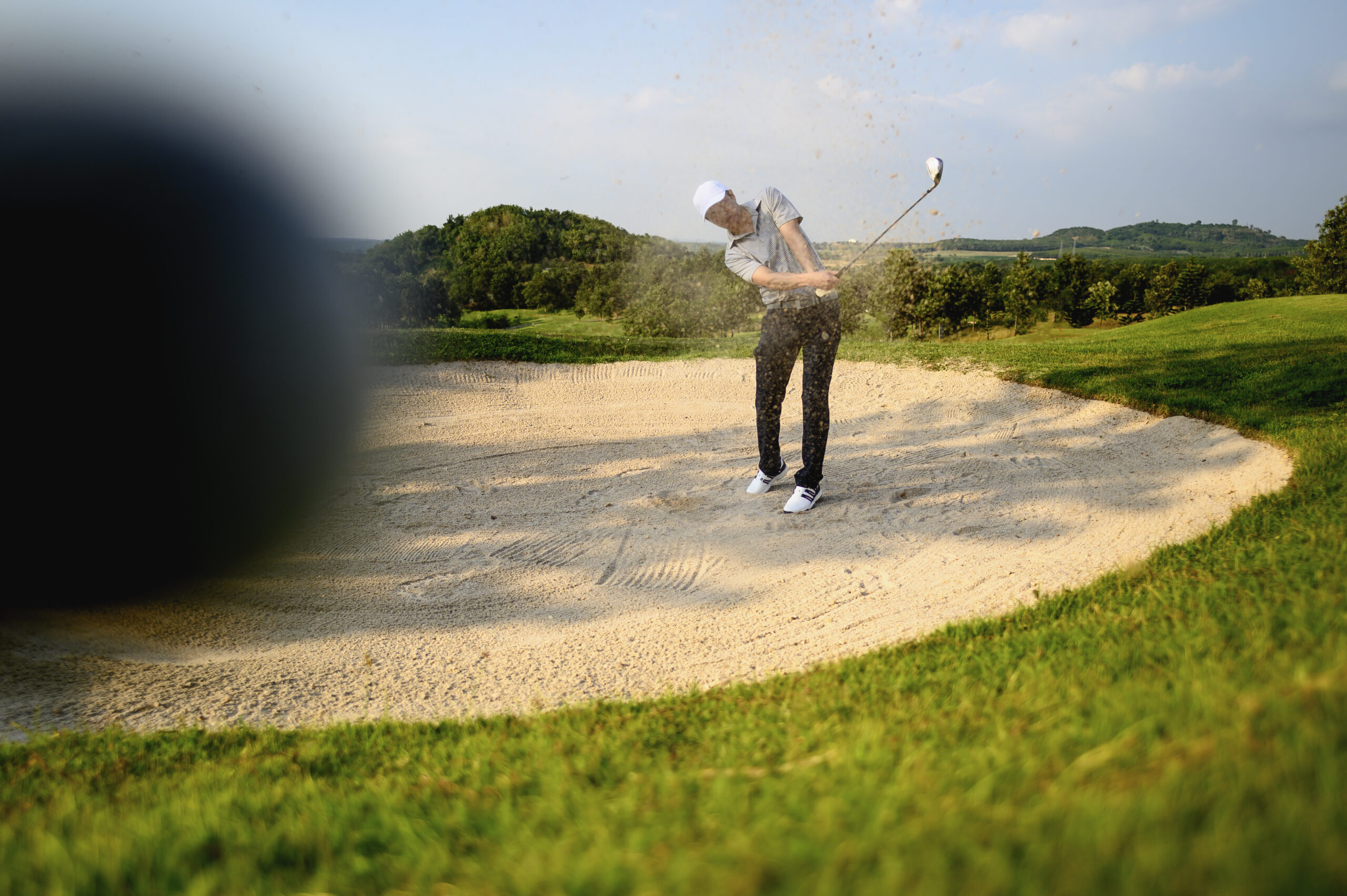
A Guide to Escaping the Bunker with Grace
There are few places on a golf course that inspire as much dread as the sand trap. For many, it is a tomb of momentum, a place where a promising round goes to die in a flurry of flubbed shots and frustrated swings. But for the discerning golfer, the bunker is not a punishment; it is a canvas. It is a unique challenge that separates the casual player from the true artisan of the game. A great sand save is not about luck; it is a testament to a golfer’s discipline, precision, and an unshakeable sense of calm under pressure. Mastering the bunker is a quiet triumph, a skill that transforms a moment of crisis into an opportunity for artistry. It requires a fundamental shift in philosophy, a move from fear to committed execution. Here are the five core techniques that form the foundation of great bunker play, turning the sand trap from a hazard into a personal stage for elegance.
1. The First Principle: The Open Stance and Open Mind
The first and most critical element of a successful bunker shot is the setup. Your stance must be open, meaning your feet, hips, and shoulders are aligned slightly to the left of your target (for a right handed golfer). This position promotes a natural out-to-in swing path that is essential for a clean, splashing motion. Equally important is to open the clubface so it points directly at the target. This feels counterintuitive, but it serves two crucial purposes: it adds loft to the club, ensuring the ball pops up out of the sand, and it engages the bounce of the club, preventing the leading edge from digging deep into the sand and stalling your swing. This is the single most important adjustment, a physical commitment to the technique that sets the stage for success. It is the beginning of a mental process that accepts the sand as a partner, not an adversary.
Digging your feet into the sand provides a stable, anchored foundation, lowering your center of gravity and ensuring you remain balanced throughout the swing. The feeling of the sand beneath your feet also gives you a tactile sense of the medium you are about to manipulate. This attention to detail in the setup is the hallmark of a committed golfer, one who understands that a great shot is the product of precise preparation. This is a point of distinction in the game, where the small details in the setup can have a profound impact on the outcome of a shot.
2. The Core Motion: A Full Swing with Committed Acceleration
The greatest mistake in bunker play is deceleration. Many golfers, fearing they will hit the ball too far, instinctively slow their swing down just before impact. This is the surest way to leave the ball in the bunker. The secret is to commit to a full swing with an aggressive, uninhibited acceleration through the sand. The open clubface and stance you set up in step one will do the work of adding loft and directional control; your only job is to provide enough speed and momentum to splash the sand and the ball out of the trap. Think of the swing as a powerful practice motion that moves through the sand, not at the ball. The sound you want to hear is a satisfying “thwump” of the sand, not a jarring “thwack” of the club hitting the ball. This is an act of trust, trusting your setup to produce the desired result while you focus purely on committed motion.
This commitment to a full, fluid swing is a reflection of a golfer’s confidence. A smooth, rhythmic swing will consistently produce the desired result, whether you are trying to splash the ball a few feet or carry it over a large bunker lip. It is a testament to the discipline of the player who can ignore the temptation to hesitate and instead commit to the power of a well practiced motion. For those who seek to refine every detail of their game, the commitment to a full swing from the sand is a fundamental part of a beautiful and effective short game.
3. The Point of Impact: A Precise Strike in the Sand
The most crucial instruction in bunker play is to avoid hitting the ball entirely. Your target is a spot in the sand, not the ball itself. Aim to enter the sand approximately two inches behind the ball. Your club should then move through the sand, creating a cushion of motion that lifts the ball out of the bunker and gently deposits it on the green. Hitting too close to the ball will result in a thin shot that sails over the green, while hitting too far behind will leave the ball buried in the sand. This is a matter of precision and trust. You must trust that the sand, when properly splashed, will do all the work. During practice, you can draw a line in the sand behind the ball to train your eye to hit that precise spot. It is a moment of intense focus, a single point of entry that determines the success of the entire shot. A precise splash point is the secret to getting a consistent result from the sand.
This precise focus on the sand rather than the ball is a philosophical shift that defines a great bunker player. It is a quiet confidence that understands the mechanics of the shot. The focus on the sand, not the ball, is a form of mindfulness in the game, a subtle but powerful way to control a seemingly chaotic situation. It is the mark of a player who has moved beyond a superficial understanding of the game and now commands its deeper principles.
4. The Foundation: A Stable, Weight Forward Stance
A stable foundation is essential for every golf shot, but it is especially critical in the bunker. To ensure you hit the sand before the ball, you must maintain a weight forward stance throughout the entire motion. Begin with about 70% of your weight on your front foot, and keep it there as you take your backswing and accelerate through the shot. This promotes a steep angle of attack, which is essential for digging into the sand and splashing the ball out. If your weight shifts back, you risk hitting the ball first and sending it scuttling across the green. A stable, weight forward posture gives you a sense of control and command over the shot, allowing you to focus purely on the motion of the swing without worrying about your balance. The official rules of golf govern the conditions of play, but the mastery of a stable stance is what truly sets a player apart.
The feeling of a firmly planted front foot is one of grounded confidence. It is a signal to your body that you are in control of the situation. This posture is a physical representation of the mental state required for great bunker play: a commitment to the motion and a quiet assurance in your ability. It is a skill that is not just about the shot itself, but about the total control of your body and mind. This is a fundamental principle that applies to all aspects of the game, from the tee box to the green.
5. The Final Act: A Committed Follow-Through
The final element of a great bunker shot is a complete follow-through. It is the physical manifestation of your commitment to the motion. Your swing should not stop in the sand; it should accelerate through it and finish with your hands and club pointing high and to the left of your target. A high finish is a visual and physical proof that you did not decelerate through the shot. It shows you have trusted your technique and committed to the motion without reservation. A short or an abbreviated follow-through is a clear sign that you have hesitated and likely left the ball in the sand. A full follow-through guarantees a clean, committed splash. PGA Professionals emphasize this final point, as it is a common fault in amateur play.
Mastering this final act of the swing is the last piece of the puzzle, a sign of a golfer’s unshakeable resolve. It is an act of elegance, a perfect finishing pose that signals a successful shot. It is a small detail that speaks volumes about a player’s confidence and their dedication to the craft. This level of meticulousness in every aspect of the game is what sets the true artist of the links apart. It is a commitment to a full and beautiful motion that produces an equally beautiful result. To have a great sand game is to understand that every detail matters, from your stance to the finish of your swing. Just as every piece of gear should be a source of confidence, every element of your game should be a testament to your personal style and commitment. The ClingSnap magnetic microfiber towel set, for instance, is a small but essential piece of equipment that is always ready for a sand-splashing shot, demonstrating how a singular focus on quality can elevate every aspect of your round.
What are the 5 keys to a great bunker shot?
The five keys to a great bunker shot are: 1) An open stance and open clubface, 2) a full, accelerating swing through the sand, 3) aiming to strike the sand two inches behind the ball, 4) maintaining a stable, weight forward stance throughout the motion, and 5) a full, committed follow-through. Mastering these techniques transforms the bunker from a hazard into a manageable, elegant shot that can save a round.
SHARE
More Readings about Kolf Maison and Golf
BY DESIGN
- All
- Global Fairways & Journeys
- Golf Academy
- Style & Legacy
- The Artisan's Craft
- The Edge of Performance
- The Kolf Maison Ethos
- Travel



















